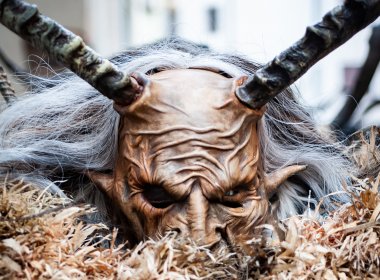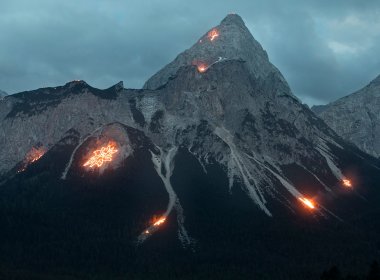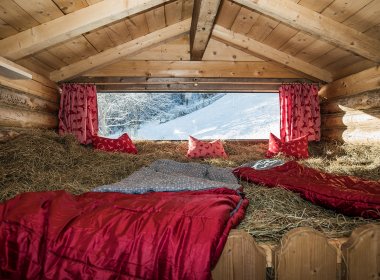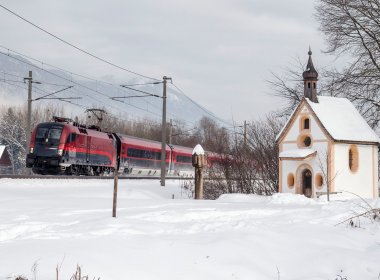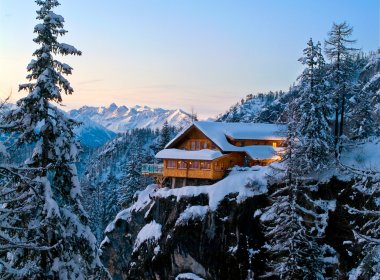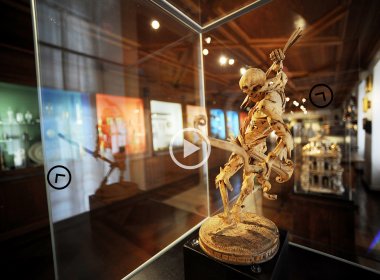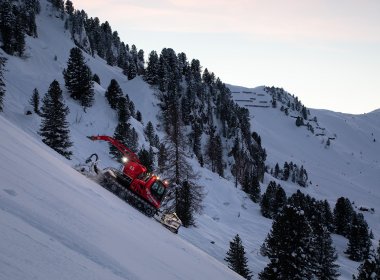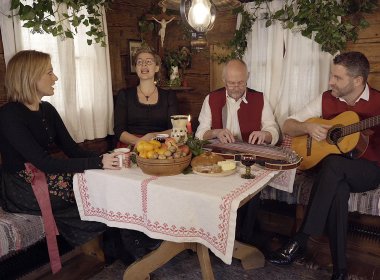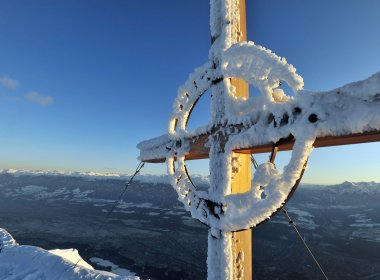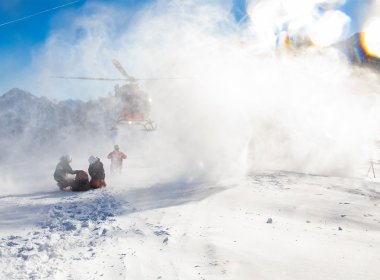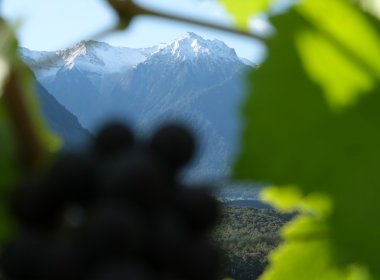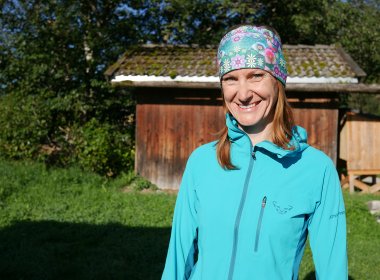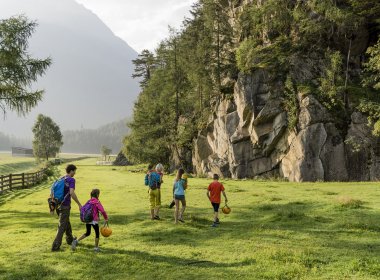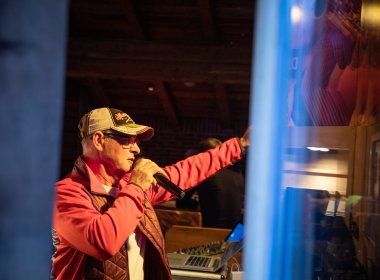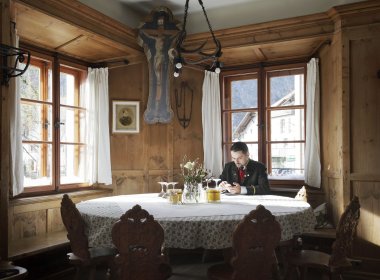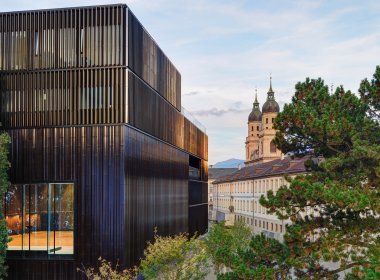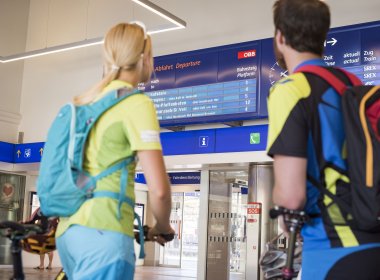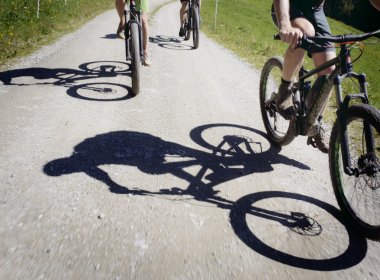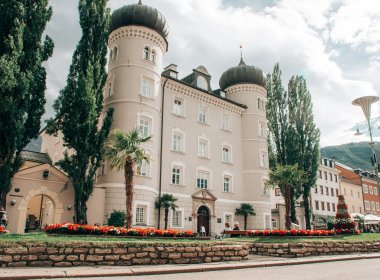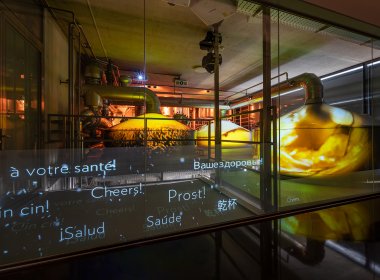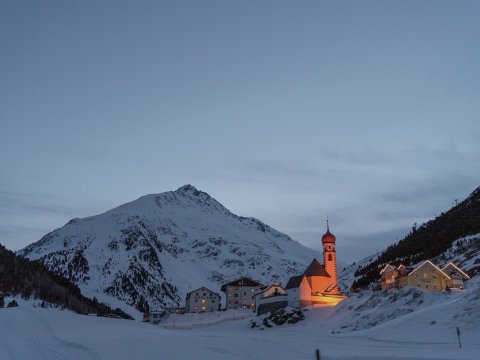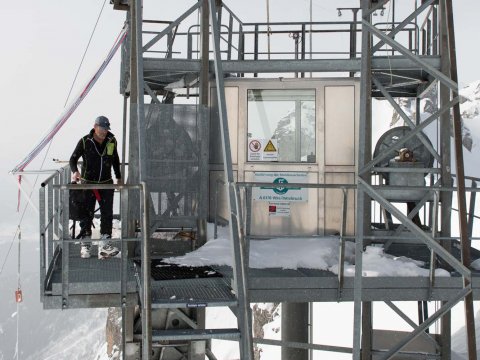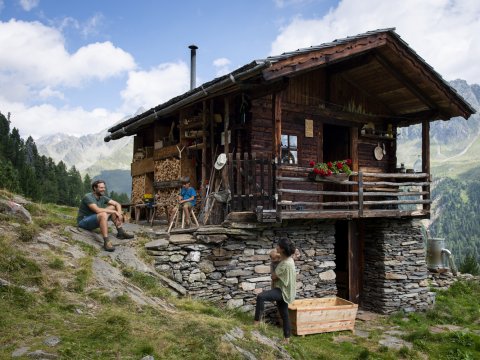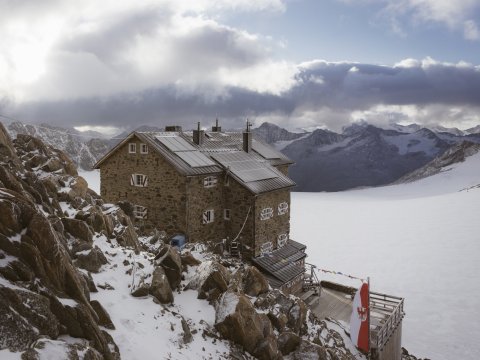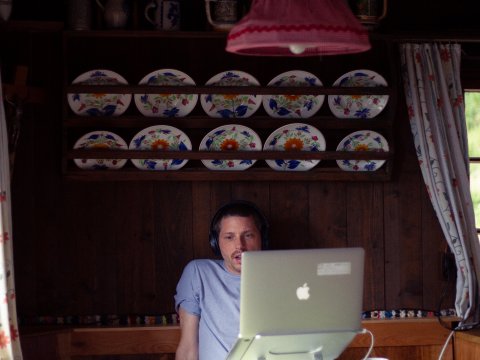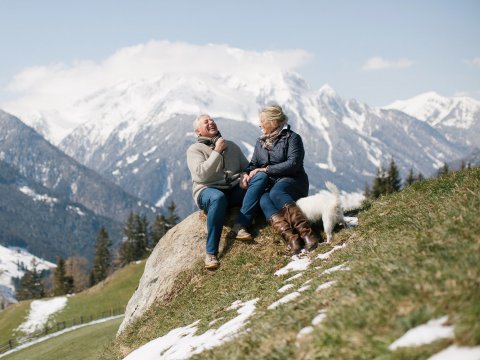The Keepers of the Salvenkirchlein Church
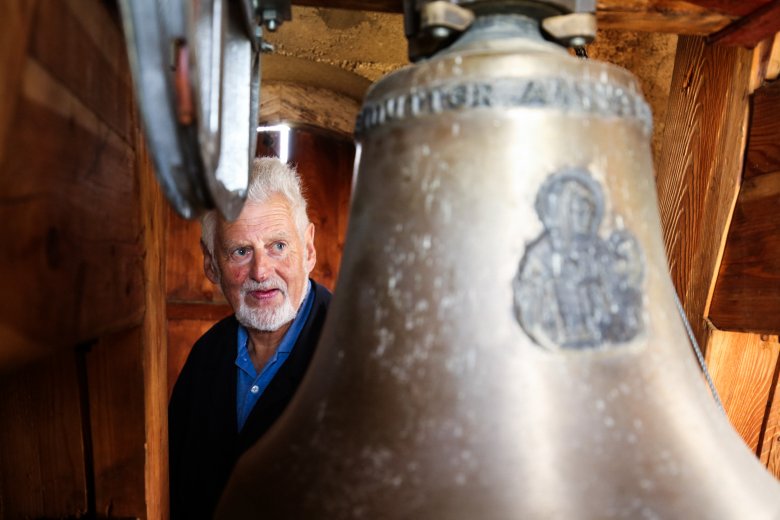
Once the site of Celtic ceremonies, the Hohe Salve mountain is today home to Austria's highest pilgrimage church. This historic building is maintained throughout the year by Hans and Thea Neuschwendter, a couple who have learned to appreciate spiritual celebrations and quiet reflection on the mountain in equal measure.
Inside or outdoors? Bright sunshine or cool shade? Chairs or bench? Thea and Hans Neuschwendter may have been married for decades, but when it comes to finding the perfect place for our interview they can't quite agree. In the end we opt for a bench in front of the Salvenkirchlein chapel, where they hold hands like a pair of teenagers who have just fallen in love for the first time.
"Up here in the mountains things are different. People are more open, more friendly, more grateful. That is one of the reasons why we do what we do," explains Hans. Since retiring he and his wife Thea have been responsible for looking after the Salvenkirchlein chapel perched at 1,829 metres above sea level. "We keep the chapel clean, we sell candles and we make sure the flowers are looking good," adds Thea.
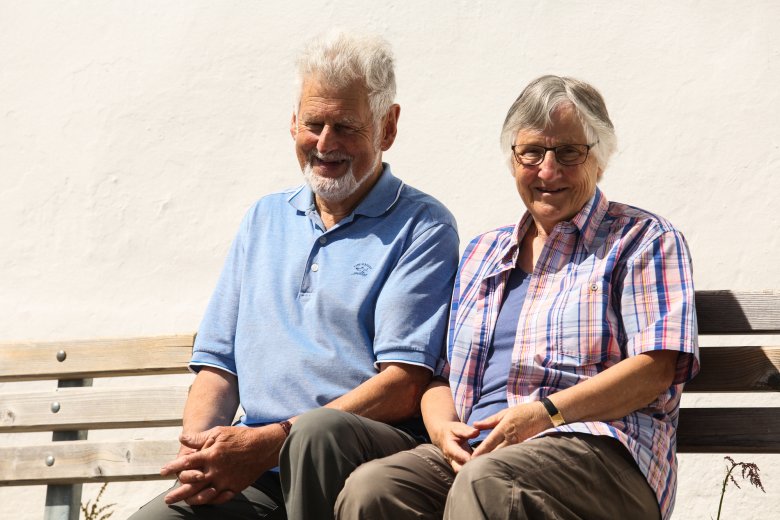
Site with ancient roots
Its eye-catching shape and wonderful views make the Hohe Salve one of if not the most beautiful mountains in Tirol. The word "Salve" in the name "Hohe Salve" comes from the Latin greeting. Historians believe this site was one of the first to be settled in the region today covered by Tirol.
It took a further 400 years or so for the Salvenkirchlein to be built. The fact that this small mountain chapel was consecrated to John the Baptist drew many pilgrims, especially those hoping for relief from headaches and similar complaints. People would come bearing heads made from wood or clay and parade around the church with these in hand before leaving them as an offering to the saint whose head plays a central role in the Bible.
"People have been coming up here forever – including bishops and princes – to leave offerings at the chapel," says Hans Neuschwendter. The wealthy would be carried up here on horseback or in sedan chairs. There is no need for such extravagant transport today – visitors make do with a cable car to the top of the mountain. The tradition of leaving wooden heads as gifts to John the Baptist also had to be stopped at some point after many hundreds of them lying on the ground made it almost impossible to get close to the chapel.
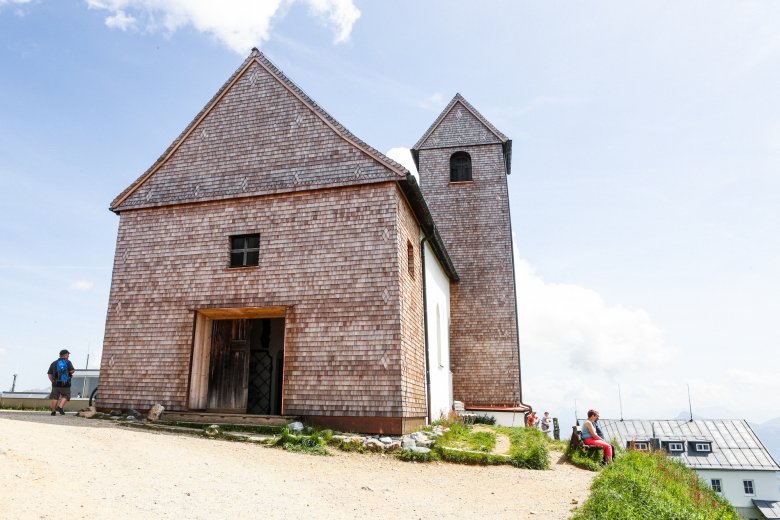
"More and more people are taking up the practice of pilgrimage. People need to get away from it all. It's a chance to clear your head and fill your heart," says Thea Neuschwendter. As well as pilgrims and daytrippers the couple also welcome many wedding groups and take pleasure in making sure everything goes smoothly on the couple's big day.
Thea smiles as she recalls some of the lively wedding they have witnessed over the years on the mountains, but when the last cable car has left and a silence has descended, those are her favourite moments of the day. "Some people come up to the chapel to reflect during a difficult time in their life. They kneel down, light a candle and spend a few moments alone with their thoughts before turning around and leaving just as quietly as they arrived. I find it very moving to witness those moments."
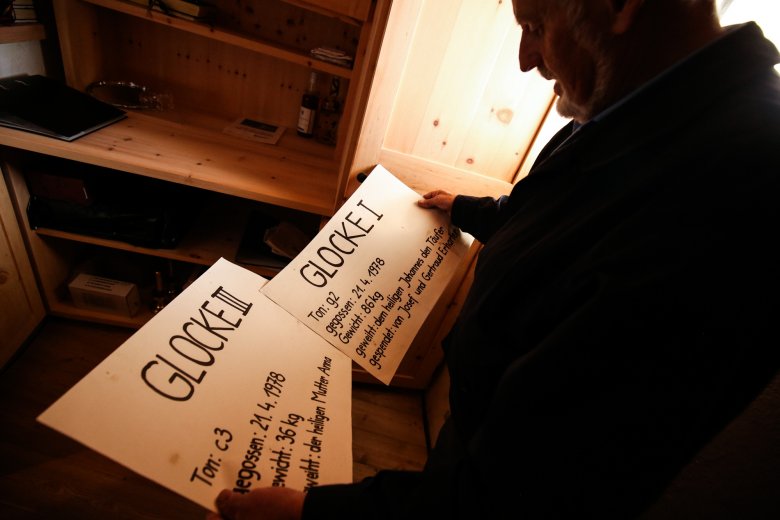
Lightning strike and the "Hound of Hohe Salve Mountain"
In centuries past people like Thea and Hans who looked after the chapel on the Hohe Salve mountain had to warn local farmers as soon as they saw a storm on the horizon. They would lay out white sheets near the summit of the mountain to inform people working in the valley that they should take shelter. The Salvenkirchlein chapel actually still has a bell, known as the "Salvenhund" ("Hound of the Hohe Salve Mountain") designed to ward off approaching storms. The chapel itself has been struck by lightning many times and even destroyed on a number of occasions.
In 1784 a lightning rod was installed on the chapel, but religious fanatics insisted that it be taken down again – they were convinced that prayer and bell-ringing were better ways of protecting the building from the power of Mother Nature. However, their piety was of little use – the chapel was hit by lightning over and again and even caught fire on a few occasions. The roof is today equipped with a modern lightning rod most recently updated in the 1990s.
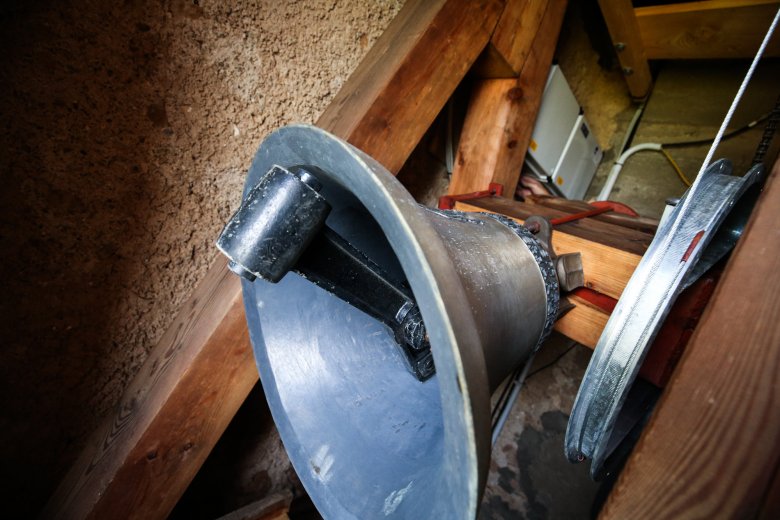
A lifelong commitment
Hans is now 80 years of age. Soon he will give up his "main job" working as the sacristan in Hopfgarten's parish church, but he plans to keep looking after the Salvenkirchlein for as long as possible. After all, there is always plenty to do: repairs large and small, finally moving that stone which lots of wedding guests have tripped over while leaving the chapel – the list goes on. And when the time does finally come to hand over the reins to the next generation, Thea and Hans will do it with a sense of pride in what they have achieved up here at the little chapel on the big mountain.
The Hohe Salve mountain
- The first chairlift in Tirol was built here on the Hohe Salve in 1950.
- Measuring 2,850 metres, it was the longest chairlift in Europe at the time.
- Today the Hohe Salve is one of the most visited mountains in Tirol.
- Highlights include a rotating terrace, a sun dial and a wind harp.
- Fun fact! The Salvenkirchlein chapel lies within the borders of the Westendorf municipality but is actually part of the diocese of Brixen im Thale.










